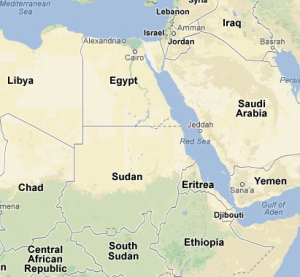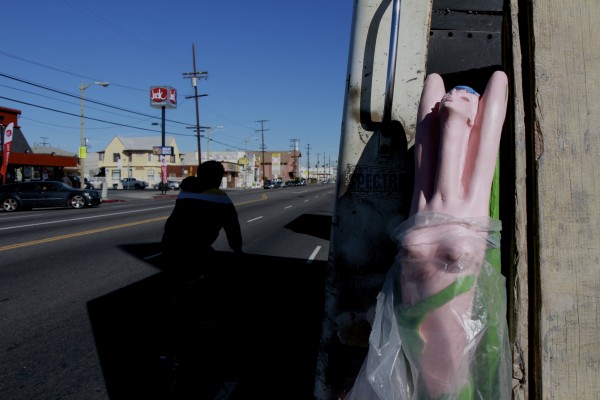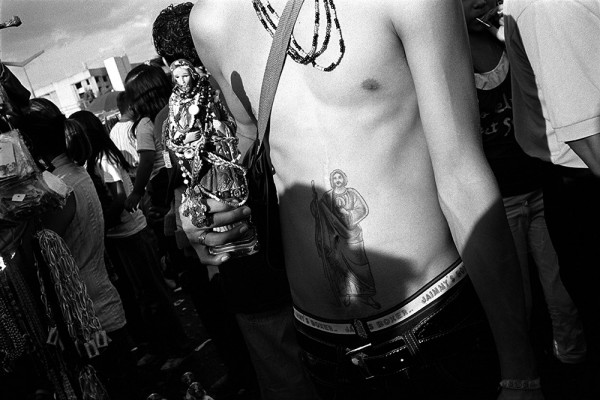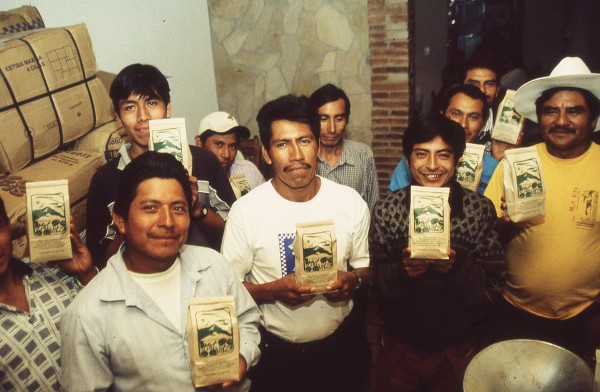In answer to the question posed in the post below by the guys at RWR (Raw Word Revival) from Portsmouth, Ohio, I’ll say I’ve been many places as a reporter. Seen a lot. Talked to governors and gang members. I’ve been to a town where everyone’s a pimp and a town where everyone’s a popsicle-maker.
But until I went to Portsmouth…
I’d never been to an NA meeting.
I’d never seen a Medicaid card.
I’d never seen the Ohio River.
I’d never seen a shoelace factory or a white ghetto.
I’d never known you could buy a car with pain pills.
I’d never known you could buy a T-bone steak with pain pills.
I’d never known you could buy clean urine with pain pills.
I’d never known people kept Red Belly Piranhas as pets.
I’d never seen so many people try so hard to rid themselves of a plague.
I’d never seen but one other town with the same heart to try to come back from so far down.
And thus I’d never been so proud to be an American.
So, my hat’s off. Keep working the program, Portsmouth!
Anything else you’ve seen in Portsmouth? Tell me the story. Tell me your story. Put it in Comments.
__
Follow me: On Twitter. On Facebook.
My website: www.samquinones.com
More posts from True Tales: A Reporter’s Blog:
What the hell you know about the 740?
One Day in Compton: A True Tale
The Mexican Mafia and La Familia Michoacana
California prison hunger strike: How one gang member sees it






























